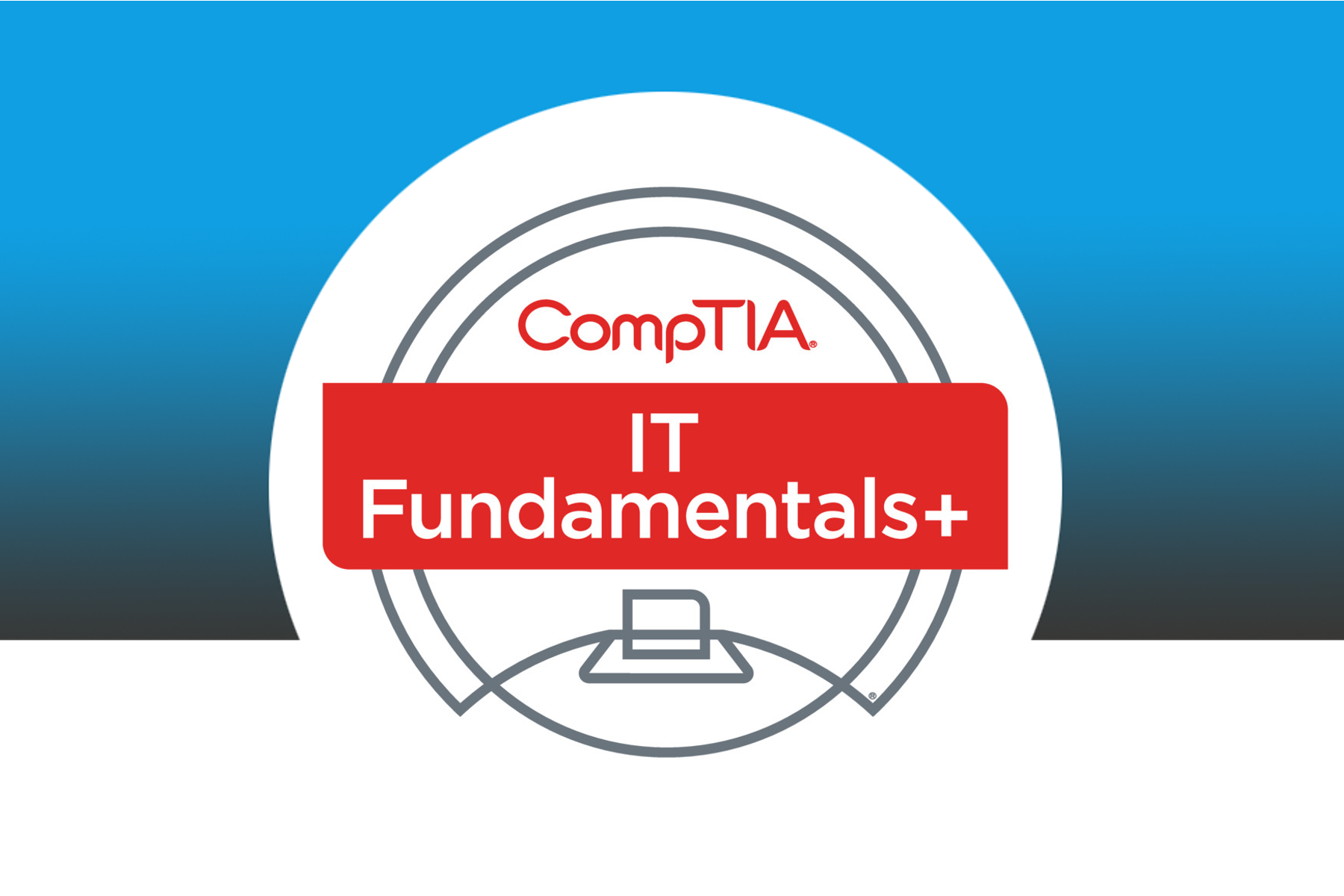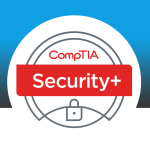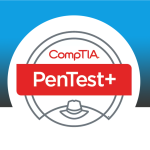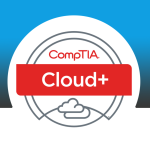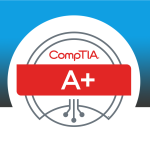Overview
The CompTIA IT Fundamentals certification is designed to help you to become in the world of information technology (IT). It helps to decide if a career in IT is right for them or to build up a more extensive understanding of IT. CompTIA IT Fundamentals likewise be a venturing stone to further developed certifications such as CompTIA A+, and, with particular experience, CompTIA Network+ and CompTIA Security+.
CompTIA certificates are supported by HADAF Program in Saudi Arabia
Benefits
- Software installation and configuration, network connectivity, security issues, and basic
- Prepare and pass the CompTIA IT Fundamentals FC0-U61 Certification
- Using security & web browsing best
- Using features & functions of common operating systems and establishing network connectivity.
The Main Topic of the Course
- Module 1: using computer
- Module 2 : using apps and database
- Module 3 : using computer hardware
- Module 4 using network
- Module 5 security concepts
Course requirements
- There are no specific prerequisites required to attend CompTIA IT Fundamentals training.
Exam requirements
- There are no specific prerequisites required to attend CompTIA IT Fundamentals Exam
LAB Requirement
- It is recommended to have LAB in this course
Course Outlines and Training Plan
Module 1: Using Computer
- Computing Devices
- Information Technology
- Personal Computers (PC)
- Mobile and IoT Devices
- Workstation
- Setting up a PC System
- Ergonomic Concepts
- Navigating an OS
- Using Input Devices
- Icons and Windows
- Functions of an Operating System
- Types of Operating System
- Virtualization
- Microsoft Windows
- Apple macOS and iOS
- Linux, Chrome, and Android
- File Explorer
- Windows Settings and Control Panel
- Using a Web Browser
- Management Interfaces
- Process and Service Management
- Memory and Disk Management
- Command Line Interfaces
- Access Control and Protection
- Support and Troubleshooting
- Identifying the Problem
- Understanding the Problem
- Resolving and Documenting the Problem
- Developing a Troubleshooting Approach
- Troubleshooting PC Issues
- Getting Support
- Using a Search Engine
Module 2 : Using Apps and Database
- Notational Systems
- Units of Measure
- Data Types
- Data Representation
- The Value of Data
- Intellectual Property
- Data-driven Business Decisions
- Installing Applications
- Application Management
- Managing Software Licensing
- Productivity Software
- Collaboration Software
- Business Software
- Programming Logic
- Programming Languages
- Programming Concepts
- Object-Oriented Programming
- Scripting Languages
- Application Platforms and Delivery
- Database Concepts
- Database Structures
- Relational Methods
- Database Access Methods
- Application Architecture Models
Module 3 : Using Computer Hardwar
- Selecting a Computer
- Motherboard Components
- Processors
- Features of Processors
- Expansion Bus
- System Cooling
- BIOS and UEFI System Firmware
- Computer Connector Types
- USB and Firewire
- Graphic Devices
- Graphic Device Interfaces
- Input Devices
- Configuring Peripherals
- Bluetooth and NFC
- Networking Interfaces
- Installing and Uninstalling
- Peripherals
- Display Devices
- Display Settings
- Multimedia Ports and Devices
- Printer Types
- Installing and Configuring a Printer
- Scanners and Cameras
- System Memory
- Mass Storage Devices
- Optical Discs and Drives
- Flash Memory Devices
- Managing the File System
- Folders and Directories
- File Explorer
- Files
- File Attributes and Permissions
- Searching for Folders and Files
- File Types and Extensions
Module 4: Using Network
- Network Components
- TCP/IP
- Internet Protocol
- Address Resolution Protocol
- DNS and URLs
- Internet Application Services
- Internet Service Types
- Wireless Internet Services
- Setting Up a Wireless Network
- Configuring a Wireless Client
- Safe Browsing Practices
- Configuring Browser Security
- Managing Cookies and PII
- Digital Certificates and Antiphishing
- Enabling a Firewall
- Local Sharing and Storage
- Windows File Sharing
- Hosted Sharing and Storage Backups
- Windows Backup
- Using a Mobile Device
- Mobile Applications and App Stores
- Network Connectivity
- Email Configuration
- Synchronization and Data Transfer
Module 5: Security Concepts
- Computer Security Basics
- Social Engineering
- Business Continuity
- Disaster Recovery
- Securing Devices Malware
- Preventing Malware Infections Spam
- Software Sources and Patch Management
- Access Controls
- User Account Types
- Authentication Factors
- Uses of Encryption
- Password Cracking and Management
- Policies and Procedures
- Handling Confidential Information
- Acceptable Use Policies
- Expectations of Privacy
- Taking the Exam
- Career Advice
- Glossary

